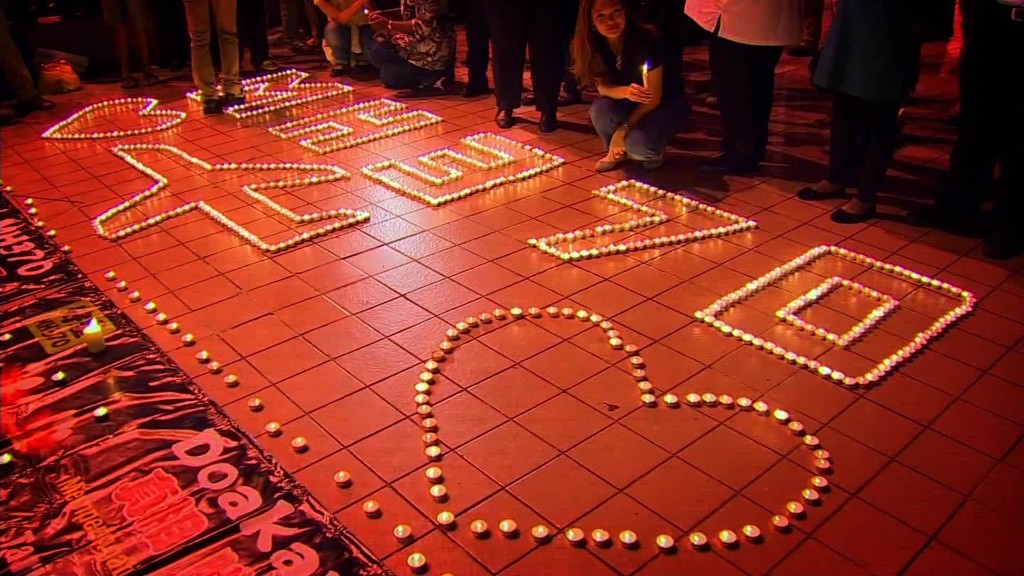
Since MH370 went missing two years ago, those of us who frequently fly long-haul across the oceans have no doubt paused to ask if the same thing could happen again.
With modern jets able to fly longer and further, the question becomes even more pertinent. For instance, Gulf airline Emirates has just launched a non-stop flight from Dubai to Auckland -- an oceanic crossing of over 17 hours.
MH370 was about 40 minutes into its flight from Kuala Lumpur to Beijing when something happened. We have no idea what. None whatsoever, and anyone who tells you they have the answer is wrong. Investigators still haven't found the wreckage of the plane. That is piling on the agony for family and friends of the victims.
What came as a surprise, even to some in the industry, was the revelation that planes are not tracked in real time. When flights cross oceans, pilots check in with air traffic control every 30 minutes. But that leaves long gaps.
The aviation industry says such a disaster must never happen again. The best way to ensure that is to know where the plane is at all times. So what's changed in airline industry technology and practice in the last two years?
Related: Were the pilots behind MH370's disappearance?
More frequent reporting
As public concern about the MH370 scandal grew, the industry agreed to require planes to report their positions at least every 15 minutes, and every minute if the aircraft unexpectedly changed course or altitude, or was in distress.
This should make it much easier to locate an aircraft if it crashes in a remote part of the world. But 15 minutes is still a long time for a plane flying at 500 miles an hour. Even if an accident happened one minute after the last report, the search area would be huge.
Today, most major global carriers have satellite contacts and equipment that report aircraft positions more frequently than the minimum 15 minute requirement.
Related: Apple helped search for MH370
Data streaming
There is another solution: Stream black box data automatically in the event of an emergency. This would end the mad rush to find the boxes before the batteries expire.
The technology to do this already exists. But airlines have been slow to adopt it. There must be a greater push to ensure every method is used to get as much information as possible.
Secure transponders
It's believed that the transponder, broadcasts the whereabouts and details of a plane, had been switched off by MH370's pilots or perhaps hijackers.
It is no use having all the tracking equipment in the world, if someone can switch it off. So the goal must also be to make any tracking system secure against nefarious activity.
This is controversial, because creating systems that the crew has no control over makes pilots nervous.
So could MH370 happen again? Not in quite the same way, but yes, a plane could still disappear. It could take days, if not weeks, to find the wreckage given the distances planes can travel in nearly a quarter of an hour.
For an industry that prides itself on superb technology and a safety record that is the envy of all other forms of transport, MH370 is a dark stain.
Lessons have been learned but the change is slow and too much is still being left to chance. Everyone agreed MH370 must never happen again. Now aviation must prove it has made the changes needed to ensure history does not repeat itself.
Richard Quest is CNNMoney's Editor at Large and author of "The Vanishing of Flight MH370." The opinions expressed in this commentary are his.
